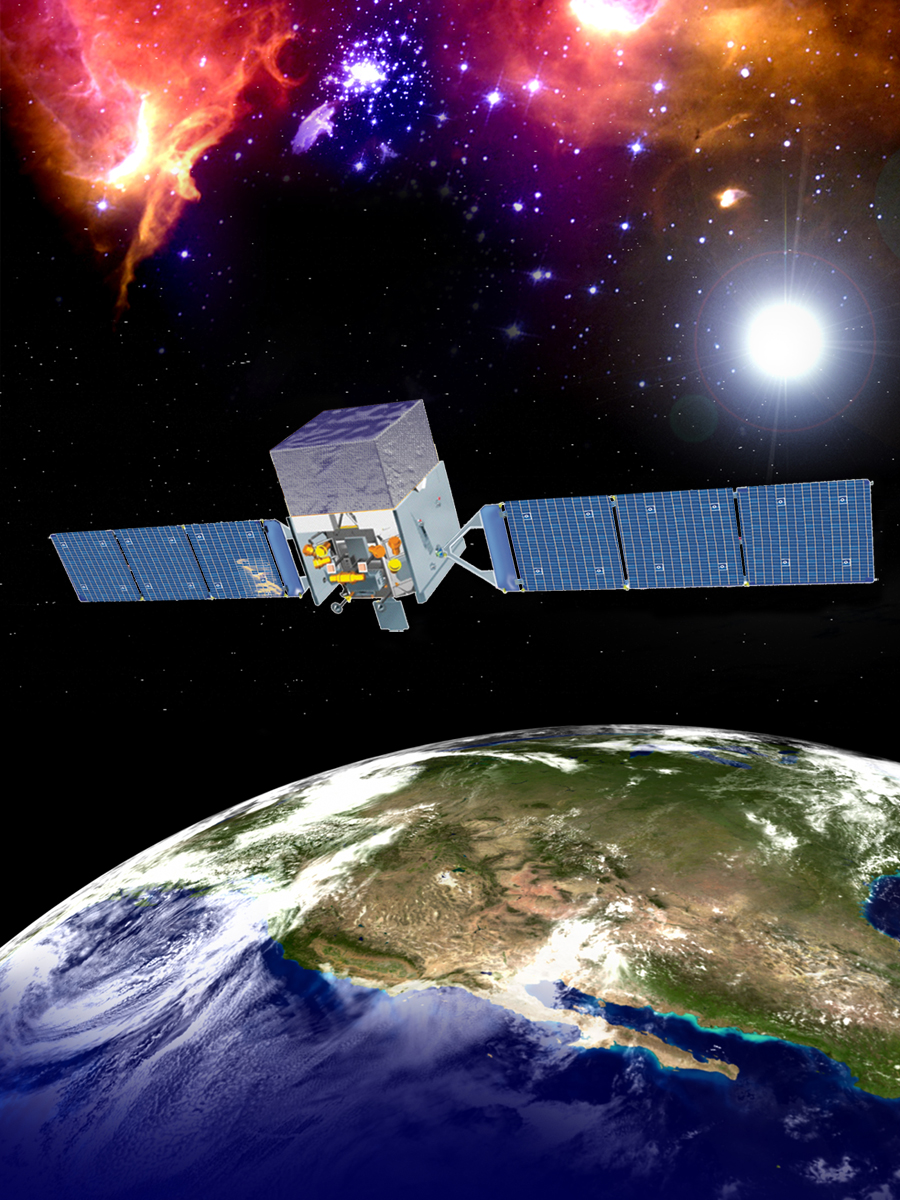The Fermi Gamma-ray Space Telescope (FGST), formerly called the Gamma-ray Large Area Space Telescope (GLAST), is an international space observatory designed to study high-energy gamma rays, which are the most energetic form of electromagnetic radiation. Launched in 2008, it is the second mission of NASA’s Great Observatories program. The telescope has a large field of view and covers a broad energy range, making it ideal for studying gamma-ray sources such as active galactic nuclei, pulsars, and supernova remnants.
FGST was developed in collaboration with several international partners, including the United States Department of Energy, NASA centers, academic institutions, and industries in France, Germany, Italy, Japan, and Sweden. The telescope is named after Italian physicist Enrico Fermi; GLAST was an acronym for “Gamma ray Large Area Space Telescope”.
FGST has two main instruments: the Large Area Telescope (LAT), which detects photons with energies from 20 MeV to more than 300 GeV; and the Solar Power Monitor (SPM), which monitors solar activity in order to help calibrate the LAT. In addition to these two instruments, FGST also carries three smaller payloads: the Gamma Ray Burst Monitor (GBM),the Medium Energy Gamma Ray Spectrometer (MEGS), and the Neutron Star Interior Composition Explorer (NICER).
The LAT is a pair conversion telescope that uses silicon microstrip detectors to measure incoming gamma rays. The instrument can detect photons with energies from 20 MeV to more than 300 GeV. The LAT has a large field of view (2 steradians) and covers 50% of the sky at any given time. It is sensitive enough to detect faint sources of gamma rays and can locate them with high precision (< 0.1 degree). The SPM is a set of four silicon wafers that monitor solar activity in order to help calibrate the LAT. The GBM consists of 12 thallium-doped sodium iodide crystals that cover 4 steradians on sky; it detects photons with energies from 8 keV to 40 MeV. The MEGS consists of 24 germanium detectors that cover 1 steradian on sky; it detects photons with energies from 200 keVto 10 MeV . Finally ,the NICER consistsof 56 xenon gas proportional counters that will be usedto study neutron stars ;it detects X -rayswith energiesfrom 0 .5 kevto8kev .


